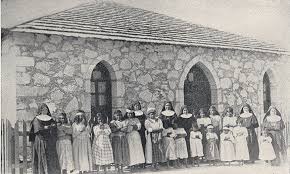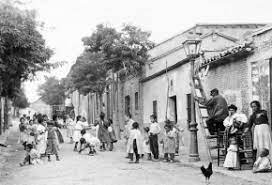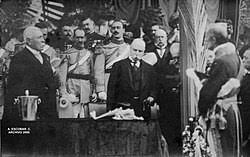The Indian Law of 1906 and the founding of Creel, Chihuahua.
- Equipo Creel Sierra Tarahumara

- Oct 9, 2023
- 2 min read
The Indian Law of 1906 and the founding of Creel, Chihuahua.
In 1906, during the government of Porfirio Díaz, Mexico approved the Indian Law with the objective of regulating the legal situation of the country's indigenous peoples. The law sought to "civilize" and "modernize" indigenous peoples, promoting their assimilation into the culture and way of life of the majority of the population.
The law established that Indians had to be educated in special schools, where they would be taught to speak Spanish and adopt the customs and practices of the dominant society. It also established that Indians should be registered and classified into three categories: "civilized", "semi-civilized" and "barbarians", with the aim of determining which were suitable to be integrated into society and which were not.
The law also sought to regulate land ownership, allowing the expropriation of indigenous lands for economic exploitation. This was seen as a threat to the rights and ways of life of indigenous peoples, and was criticized by many for its paternalistic and discriminatory nature.
Some authors comment that the town of Creel, Chihuahua was founded with the idea of eradicating indigenous cultures in the Sierra, by incorporating itself into the dominant mestizo culture through work, formal education and marriages with the "mestizo" culture that was arriving in the area thanks to the work of logging and the railway, for this, two neighborhoods, the "mestizo" and the "indio", were created in the town and time would play its part.
Despite the objectives of the law and different initiatives such as the Creel foundation, its application in practice was not so effective. Many indigenous people continued to live in their communities and preserve their traditions and culture, despite government policies. As an example, there is the same Rarámuri culture that has remained in the region and even increased its population in the last 100 years.
In 1917, with the promulgation of the Mexican Constitution, many aspects of the law were repealed, recognizing the rights of indigenous peoples and their right to preserve their cultures. Although the Indian Act of 1906 was an attempt to assimilate indigenous peoples into the culture and way of life of the dominant society, its application did not achieve its objective.
What did you think? Sometimes history never ceases to surprise us. Leave your comments below and remember that it is always a good time to start the conversation when you visit Creel by asking about these topics.
Don't forget to follow us on all our social networks!
We leave you sources and some works that talk about the subject for your further information.
Loucky, James. (2015). Indigenous Mexico: The struggle to define a postcolonial nation. Editorial Fund of Economic Culture.
Easterling, Stuart. (2015). The Mexican Revolution: a short history 1910-1940. Editorial Fund of Economic Culture.
Womack, John (Ed.). (2016). Rethinking the Mexican Revolution: Nation, region and state. Editorial Fund of Economic Culture.
Kicza, John E. (2015) Indigenous peoples of Mexico: The fight for legal recognition. Editorial Fund of Economic Culture.
















Comments